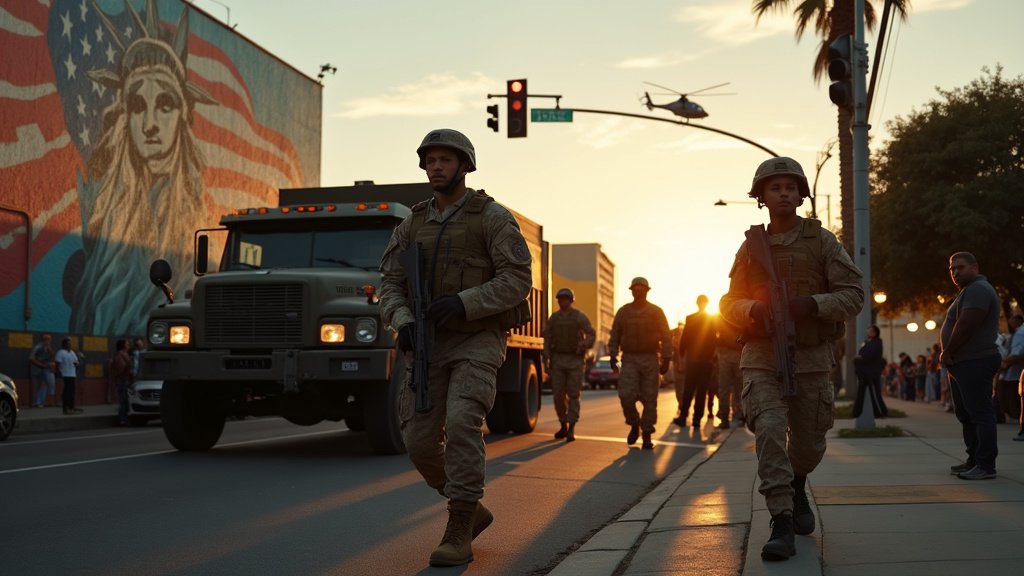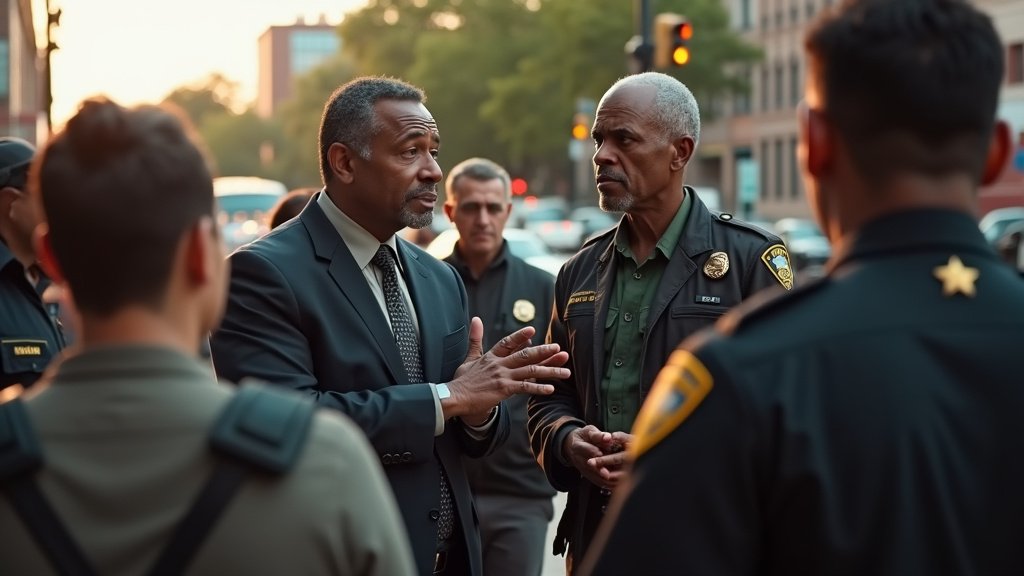The Pentagon has announced the withdrawal of 2,000 National Guard troops from Los Angeles, representing a significant reduction in the federal military presence in the city. This decision, according to the Department of Defense, comes in response to a perceived decrease in lawlessness. The initial deployment, ordered by President Donald Trump in early June, involved 4,000 National Guard troops and 700 Marines, intended to support immigration enforcement operations.
The Withdrawal Order and Troop Reduction
The withdrawal order, which Secretary of Defense Pete Hegseth issued, will see approximately half of the initially deployed National Guard troops depart from Los Angeles. This follows a period of increased military presence in the city, triggered by President Trump’s directive. The stated aim of the deployment was to aid in immigration raids, a move that sparked considerable public protest and debate.
Pentagon spokesman Sean Parnell stated that the withdrawal was prompted by a decline in the levels of lawlessness in Los Angeles. “The situation on the ground has evolved,” Parnell explained, “and the need for such a robust military presence has diminished.” The Department of Homeland Security reported that the immigration raids, which the troops were intended to support, resulted in the arrest of 2,792 undocumented immigrants, according to NBC Los Angeles.
Reactions and Perspectives on the Decision
Mayor Karen Bass has offered her assessment of the troop reduction, describing it as a “retreat.” She attributed the withdrawal to a combination of factors, including the effectiveness of peaceful protests and legal actions taken in response to the initial deployment. Mayor Bass’s statement reflects a view that the community’s efforts played a significant role in influencing the Pentagon’s decision.
Background of the Deployment
In early June, President Trump ordered the deployment of a substantial number of National Guard troops and Marines to Los Angeles. The stated purpose was to assist in immigration enforcement operations, specifically the execution of raids targeting undocumented immigrants. This decision followed rising tensions and protests surrounding immigration policies.
The deployment was met with immediate criticism and public demonstrations. Concerns were raised regarding the militarization of the city and the potential impact on local communities. Legal challenges were also initiated, contesting the legality and necessity of the military presence. These protests and legal actions, as noted by Mayor Bass, seemingly played a role in the eventual drawdown of troops.
Details of the Immigration Raids
According to figures provided by the Department of Homeland Security and cited by NBC Los Angeles, the immigration raids, which the deployed troops were intended to support, led to the arrest of 2,792 undocumented immigrants. These raids were conducted in various locations across Los Angeles and involved the collaboration of federal and local law enforcement agencies.
The operational details of these raids have not been fully disclosed by the authorities. However, the impact on the affected communities has been a subject of significant discussion and debate. The arrested individuals have been processed according to standard immigration procedures, with outcomes varying depending on individual circumstances.
Future Implications
The withdrawal of troops from Los Angeles marks a shift in the federal government’s approach to immigration enforcement in the city. While the Pentagon has cited a decrease in lawlessness as the primary reason for the drawdown, the move is likely to be viewed through various lenses. Some may see it as a response to community pressure, while others might interpret it as a strategic reassessment of resource allocation.
The future of immigration enforcement in Los Angeles remains uncertain. The dynamics between federal, state, and local authorities continue to evolve. The long-term impact of these developments on the city’s immigrant communities will undoubtedly be a subject of ongoing scrutiny.






